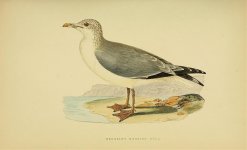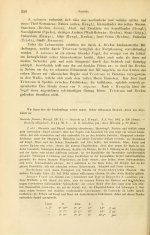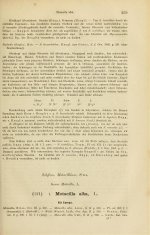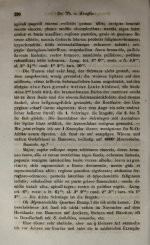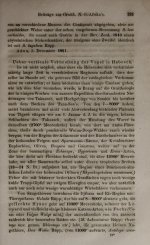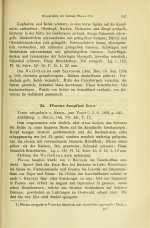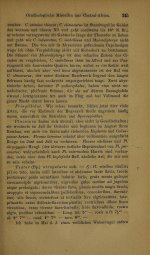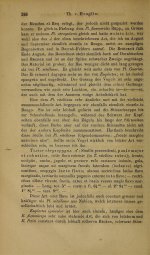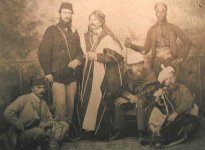Björn Bergenholtz
(former alias "Calalp")

It´s time to deal with a great (and multi-commemorated) German collector!
I think there is little doubt that the following five birds, in either their Scientific or Common name, all commemorate the well-known German explorer Baron Martin Theodor von Heuglin (1824–1876):
● Heuglin's Bustard Neotis heuglinii HARTLAUB 1859
● Three-banded Courser Rhinoptilus cinctus HEUGLIN 1863 a k a "Heuglin's Courser"
● Heuglin's Wheatear Oenanthe (bottae) heuglini FINSCH & HARTLAUB 1870 a k a "Heuglin's Red-breasted Wheatear"
● Siberian Gull Larus (fuscus/argentatus) heuglini BREE 1876 a k a "Heuglin's Herring Gull", "Heuglin's Lesser Black-backed Gull" or simply "Heuglin's Gull"
● Heuglin's Masked Weaver Ploceus heuglini REICHENOW 1886 a k a "Heuglin's Weaver"
But the issue is why and how?
The same von Heuglin is also commemorated in several other subspecies (and other taxa), but in this thread I will focus exclusively on the above, as they are the only ones commemorating him in their Common Swedish names (my major subject). As you can see the same goes for their English (or alternate/earlier English) names ... so feel free to join the ride!
Since the type descriptions of the two "tricky ones" is written in German (that I understand very little of) I feel solving those ones (in forthcoming posts) will need some help from Bird Forum readers with far better knowledge of German than I master …
But let´s begin with the three "easy ones" (with links to original descriptions):
● the Bustard Neotis heuglinii (as "Otis heuglinii") HARTLAUB 1859 (Page 344 + Plate 11)
● the Courser Rhinoptilus cinctus (as "Hemerodromus cinctus") HEUGLIN 1863 (Page 31 + Plate 1)
● the Gull Larus (fuscus/argentatus) heuglini (as "Larus Heuglini") BREE 1876 (Page 59 + following Plate)
= the same von Heuglin … when's, how's and why's = CHECK!
Anyone disagree?
And, just for the fun of it; attached, the Plate of "his" Gull.
I think there is little doubt that the following five birds, in either their Scientific or Common name, all commemorate the well-known German explorer Baron Martin Theodor von Heuglin (1824–1876):
● Heuglin's Bustard Neotis heuglinii HARTLAUB 1859
● Three-banded Courser Rhinoptilus cinctus HEUGLIN 1863 a k a "Heuglin's Courser"
● Heuglin's Wheatear Oenanthe (bottae) heuglini FINSCH & HARTLAUB 1870 a k a "Heuglin's Red-breasted Wheatear"
● Siberian Gull Larus (fuscus/argentatus) heuglini BREE 1876 a k a "Heuglin's Herring Gull", "Heuglin's Lesser Black-backed Gull" or simply "Heuglin's Gull"
● Heuglin's Masked Weaver Ploceus heuglini REICHENOW 1886 a k a "Heuglin's Weaver"
But the issue is why and how?
The same von Heuglin is also commemorated in several other subspecies (and other taxa), but in this thread I will focus exclusively on the above, as they are the only ones commemorating him in their Common Swedish names (my major subject). As you can see the same goes for their English (or alternate/earlier English) names ... so feel free to join the ride!
Since the type descriptions of the two "tricky ones" is written in German (that I understand very little of) I feel solving those ones (in forthcoming posts) will need some help from Bird Forum readers with far better knowledge of German than I master …
But let´s begin with the three "easy ones" (with links to original descriptions):
● the Bustard Neotis heuglinii (as "Otis heuglinii") HARTLAUB 1859 (Page 344 + Plate 11)
● the Courser Rhinoptilus cinctus (as "Hemerodromus cinctus") HEUGLIN 1863 (Page 31 + Plate 1)
● the Gull Larus (fuscus/argentatus) heuglini (as "Larus Heuglini") BREE 1876 (Page 59 + following Plate)
= the same von Heuglin … when's, how's and why's = CHECK!
Anyone disagree?
And, just for the fun of it; attached, the Plate of "his" Gull.
Attachments
Last edited:




